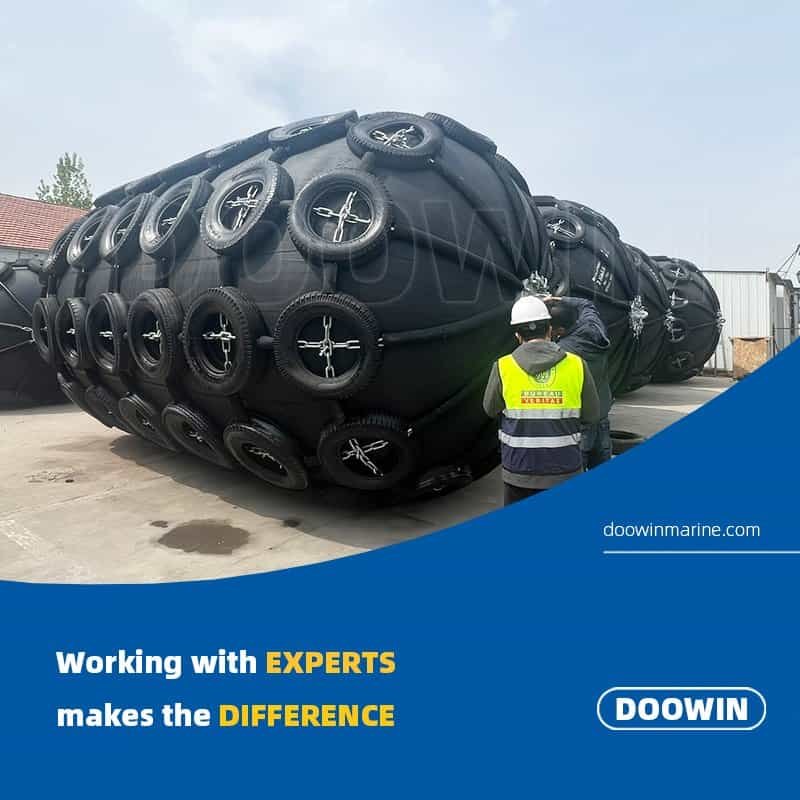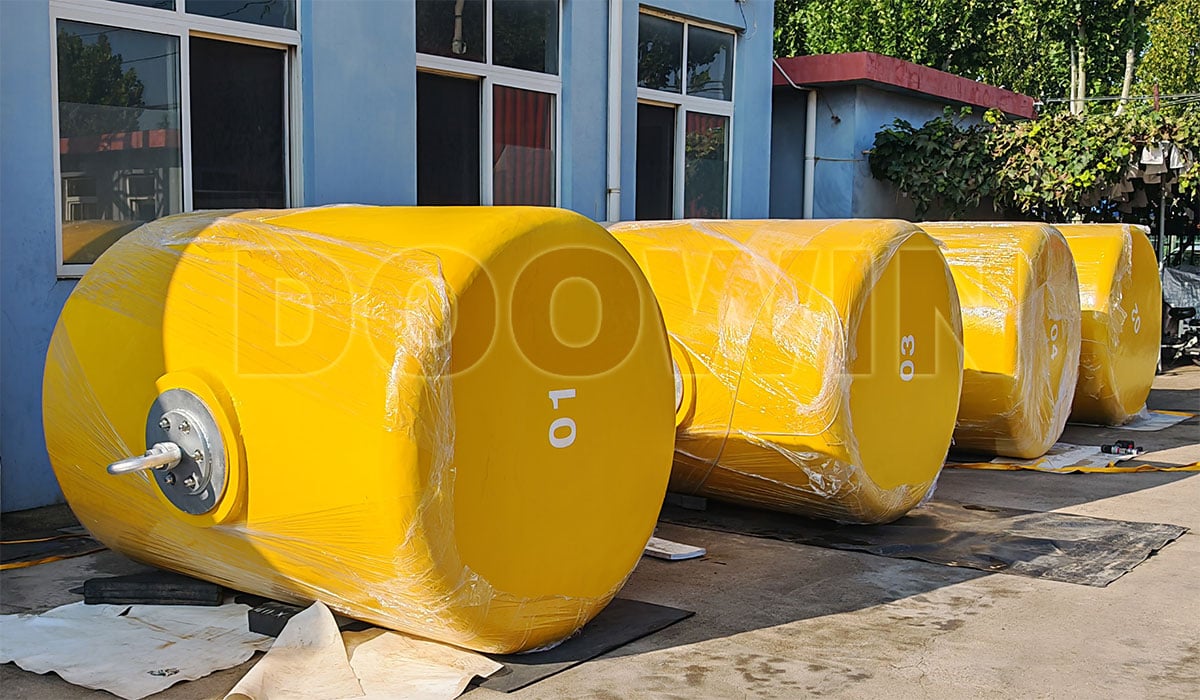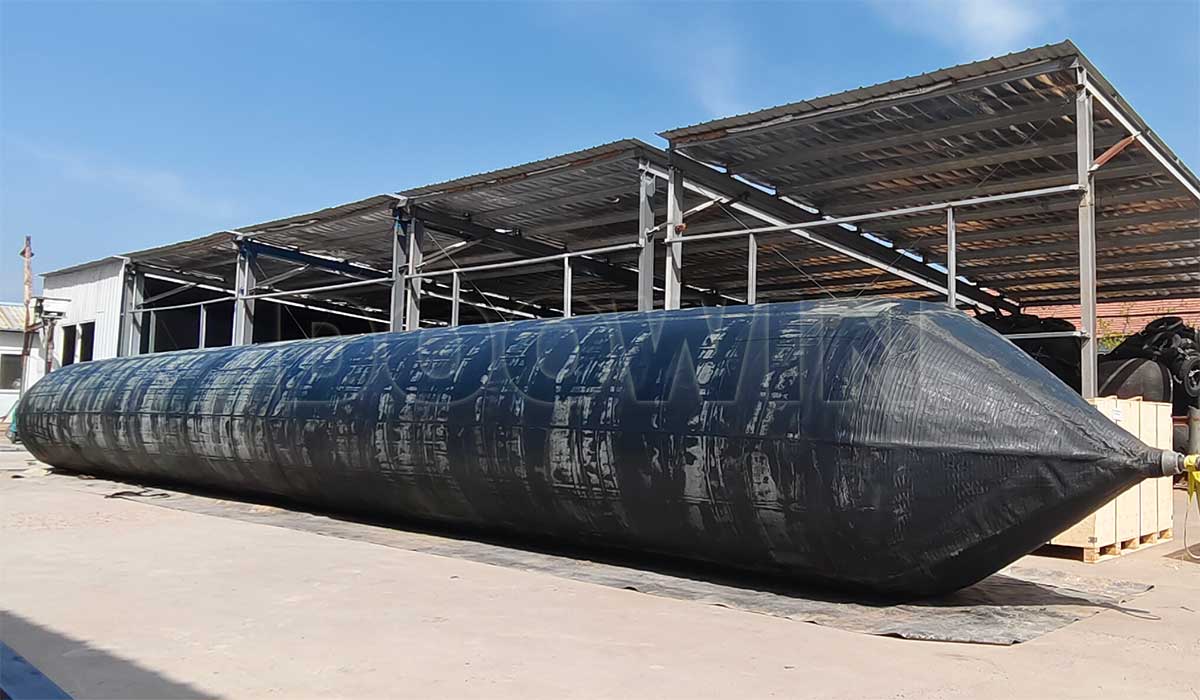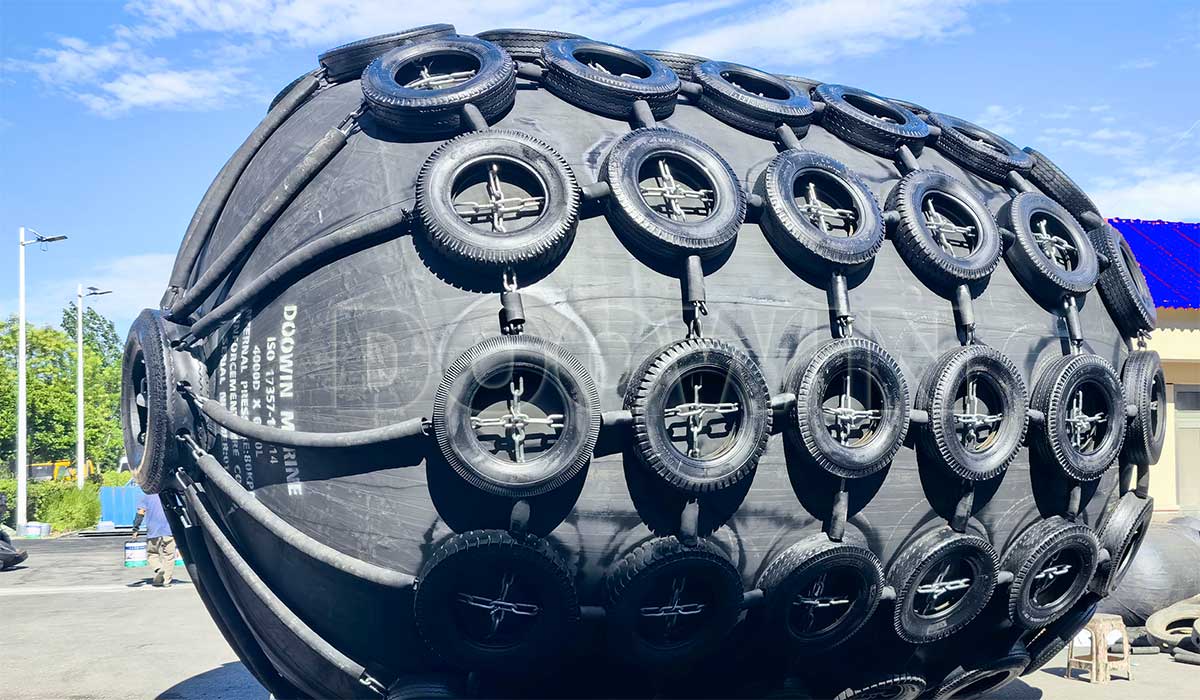“3rd Party Inspection for Ship Launching Airbags” refers to the process of having an independent and impartial third-party organization or expert conduct a thorough examination and verification of the quality, safety, and compliance of the airbags used for launching ships.
Ship launching airbags are a specialized type of inflatable device used in the marine industry to safely and efficiently slide or roll large vessels into the water during their launch from a building facility. These airbags are subject to rigorous standards and regulations to ensure they can withstand the immense forces and pressures involved in the launch process without failing, thereby protecting the ship, personnel, and the surrounding environment.
A 3rd party inspection for ship launching airbags typically involves the following steps:
Pre-inspection Review: The third-party inspector reviews the technical specifications, design drawings, and quality control plans provided by the manufacturer to ensure they meet the required standards and regulations.
On-site Inspection: The inspector visits the manufacturing facility to physically examine the airbags, checking for defects, proper material usage, and adherence to quality control procedures. They may also observe and document the manufacturing process to ensure it is consistent and reliable.
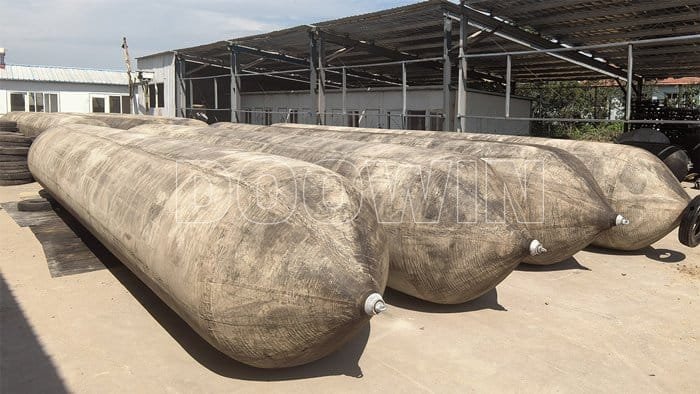
Testing and Verification: The inspector may conduct various tests on the airbags, such as pressure testing, burst testing, and dimensional inspections, to verify their performance and compliance with specifications.
Documentation Review: The inspector reviews all relevant documentation, including quality control records, test reports, and certificates of conformity, to ensure they are complete, accurate, and up-to-date.
Report Preparation: Based on their findings, the inspector prepares a detailed report outlining the results of the inspection, any issues identified, and recommendations for corrective actions.
The purpose of a 3rd party inspection for ship launching airbags is to provide an unbiased and reliable assessment of the quality and safety of the product, giving buyers and other stakeholders confidence in its performance and compliance with regulatory requirements. This, in turn, helps to minimize risks and ensure the safe and successful launch of ships.


